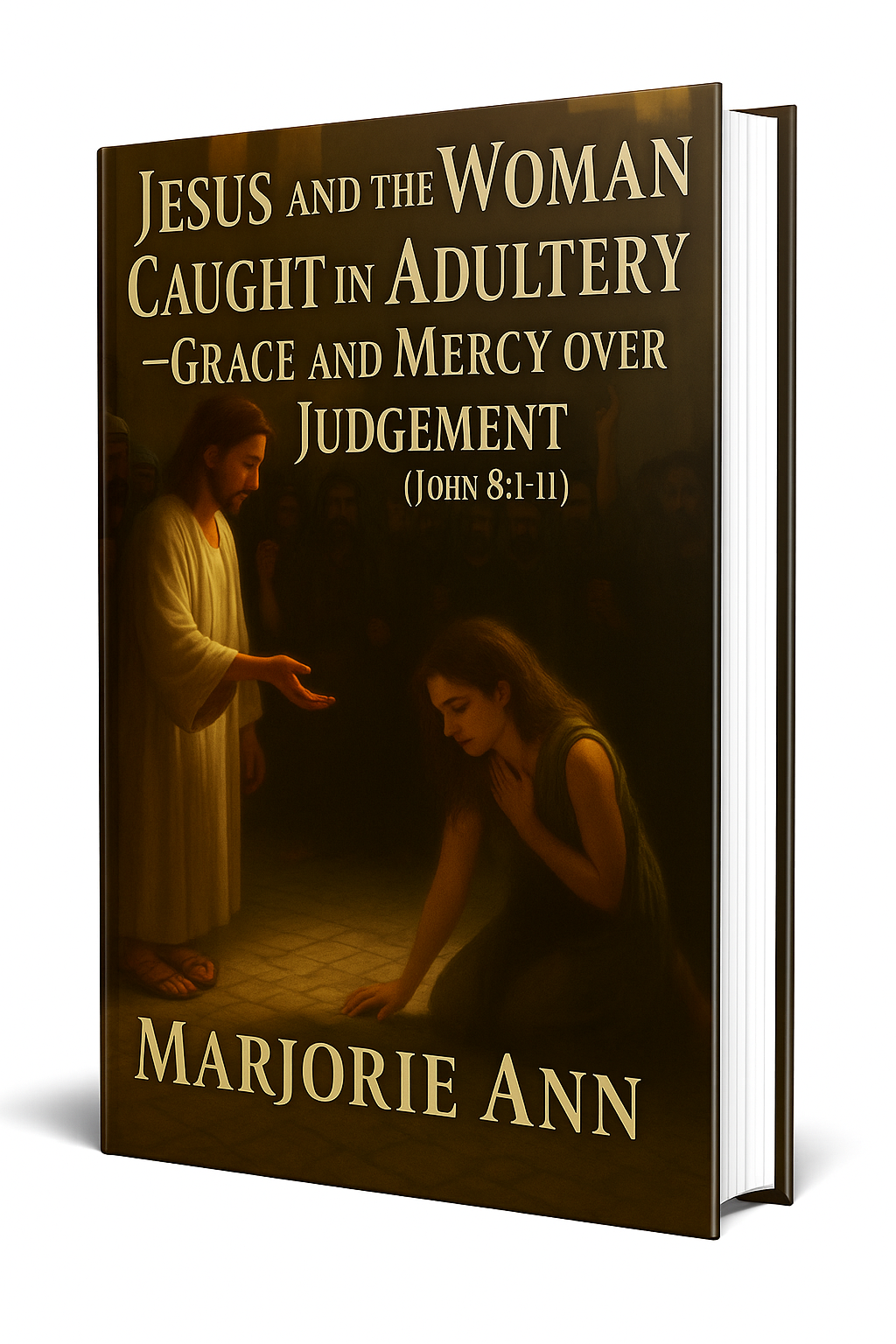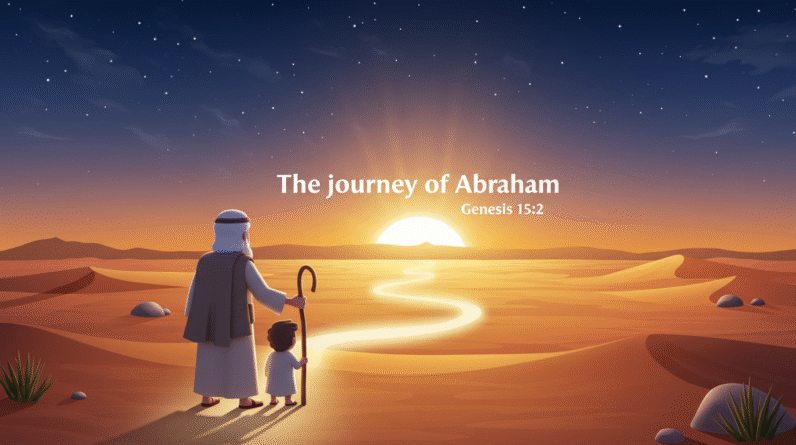Moses: From The Nile To Mount Sinai — A Journey Of Deliverance
Have you ever wondered about the incredible journey of Moses? His life is an epic tale of faith, courage, and divine intervention. From a tiny basket along the Nile to the commanding heights of Mount Sinai, Moses’ life story is one of the most compelling in history. So, grab a cup of tea, get cozy, and let’s delve into the remarkable journey that shaped not only a man but a nation.
The Birth of Moses: A Providence in a Basket
Picture this: Ancient Egypt, a time when Pharaoh’s power was absolute. You’d be hard-pressed to believe that in such a vast kingdom, the story of Israel’s deliverance would begin with a baby in a basket. Moses’ birth was nothing short of providential. At a time when Pharaoh had ordered the killing of Hebrew baby boys, Moses’ mother, Jochebed, saved him by setting him afloat in the Nile.
The presence of Pharaoh’s daughter at the river was no mere coincidence. Spotting the basket, she discovered the baby and compassionately decided to raise him as her own. Moses was given a name that means “drawn out,” a fitting moniker for someone who would eventually draw his people out of slavery. It’s hard not to be mesmerized by how fate—or divine intervention, depending on your perspective-was—was already at play here. Exodus 2:1-10.
Moses: Growing Up Egyptian, Finding His Hebrew Roots
Raised in Pharaoh’s palace with access to the best education and resources, Moses was the epitome of Egyptian royalty, in both manner and speech. Yet, lurking beneath the surface was his Hebrew identity. The paradigm shift came when Moses witnessed an Egyptian beating a Hebrew slave. In his anger, Moses killed the Egyptian and fled into exile. This is a turning point, not only because it marks his transition from prince to pauper but because he began to grapple with his roots. You see, Moses had always been straddling two worlds, but now he was being called home to his heritage.
Life in Midian, where he fled, was humbling. Moses married Zipporah and took on the humble job of shepherding. Little did he know, this time in the wilderness was preparing him for the path ahead. It’s almost poetic how Moses leaves a life of luxury to learn the value of labor, all the while being groomed for future leadership. Exodus 2:11-25.
The Burning Bush: A Call that Ignites
Ever had one of those moments where life comes to a standstill, and you feel like you’re destined for something greater? That was Moses at the burning bush. This divine encounter was the pivot on which his life turned. In a wilderness of solitude, he encountered God in a bush that was ablaze yet not consumed. It’s almost symbolic of Moses’ own life—a fiery mission that would not consume him but illuminate a path to freedom for his people. Exodus 3:1-10.
God called Moses to return to Egypt, to be the mouthpiece of divine wrath and liberation. Can you imagine the weight of such a calling? Moses, perhaps like any of us, hesitated at first. He questioned his ability, his worthiness, asking, “Who am I?” Yet, isn’t it the most profound part of faith to be called into the unknown, trusting not in one’s strength but in the power that calls? God reassured Moses with the promise, “I will be with you.”
Let My People Go: The Plagues and Perseverance
Picture Moses, once again in Egypt, standing in front of Pharaoh demanding, “Let my people go.” Such audacity is rarely born overnight; it was honed from a lifetime of preparation. Moses wasn’t acting alone; he was the instrument of God’s deliverance. Driven by divine mandate, he delivered ultimatum after ultimatum to Pharaoh, punctuated by a series of plagues, each a warning of God’s formidable power. Exodus 7:14 12:30.
Understanding the tenacity required to continuously confront Pharaoh, it’s essential to grasp the persistence that characterized Moses’ approach. Each ‘No’ from Pharaoh was a setback, yet Moses remained unyielding. It paints a vivid picture of leadership and resilience in the face of overwhelming opposition. The final plague, the death of the firstborn, was both a climax and a tragedy, opening the door to Israel’s liberation but at a high cost.

Crossing the Red Sea: A Miraculous Passage
Here’s where you should envision a dynamic poster of Moses parting the Red Sea. Imagine him standing at the cusp of a new dawn, staff raised high, waves towering on either side—a scene that embodies the miraculous deliverance God intended through Moses. Exodus 14.
Consider for a moment the sheer audacity it takes to stretch out a staff and expect the sea to split. Such is the depth of faith in Moses. At that moment, he was not merely a leader; he had become a symbol of faith and a testament to the conceivable realities when man partners with the divine. This crossing signified not just escape from slavery, but the beginning of a new identity for the Israelites.
Desert Wanderings: Trials and Tribulations
Once the sea had closed and the victory chant faded, the real journey began—forty years of wandering in the desert. It’s easy to gloss over this period, but it’s essential. This was when Moses truly emerged as a leader. In the desert, there was a constant tension between the longing for the promised land and the reality of wandering. They faced numerous challenges: hunger, thirst, dissent, and even the yearning to return to Egypt.
The desert can do strange things to the mind and spirit. For many, it became an endless landscape of ambiguity and questioning. Yet, Moses stood firm, even when the people grumbled against him, even when he questioned God, even when his strength faltered. He grew into a mediator, an intercessor, and a judge, leading not just with commands, but with a heart attuned to the divine. Exodus 16:1-36.
Receiving the Law: A Covenant at Sinai
Imagine the scene at Mount Sinai. Thunder and lightning envelop the mountain, a thick cloud descends, and the sound of a trumpet grows louder. Moses ascends into this charged atmosphere to commune with God and receive the Ten Commandments. This was another critical juncture in Moses’ life and the journey of Israel. Exodus 19:16, 20:21.
The commandments were more than rules; they were a covenant, a tangible sign of the unique relationship between God and Israel. Through Moses, the Israelites were given a framework to shape their communal and personal lives. In modern terms, it was akin to receiving a constitution, setting moral, ethical, and spiritual boundaries, and aiming to mold a fledgling nation into a beacon of divine will.
The Golden Calf: The Struggle of Faith
But, as is often the case with fresh starts, struggles soon arise. While Moses was still atop Sinai, the people grew restless. They asked Aaron to create a tangible god they could worship. Thus, the infamous golden calf was born. It was a moment of failure, both for the people and for Aaron as a leader. This incident highlighted the challenges Moses faced in solidifying faith among a distressed and sometimes disobedient group. Exodus 32.
You might wonder why Moses, upon witnessing this rebellion, reacted with such intensity. After all, he smashed the tablets he had just received. But what stands out is the raw emotion—a zeal for justice, perhaps, but also a sorrow for disbelief. The struggle between doubt and faith is as relevant today as it was then, and Moses’ journey is an indelible reminder of the resilience required to navigate it.
The Tabernacle: Establishing a Dwelling for the Divine
Out of the chaos came the creation of something new: the Tabernacle. This was more than a mere tent; it was designed to be God’s dwelling place among His people. Moses was given specific instructions and details on how to build this sanctuary. This would become a focal point for the wandering Israelites, a physical reminder of the divine presence that traveled with them. Exodus 25-31.
Here Moses stands as a vessel of God’s creative vision. The Tabernacle was a testament to commitment and craftsmanship, involving the entire community in its creation. This moment underscores another layer of Moses’ leadership—mobilizing collective effort and skill to manifest divine instruction into tangible reality.
The Last Days of Moses: A Glimpse of Promise
The journey of Moses culminates poignantly. After leading the people to the brink of the Promised Land, Moses was not destined to enter it. It’s a bittersweet conclusion to a life marked by fervent devotion and tireless leadership. Despite not setting foot in this land, Moses was granted a view from Mount Nebo, a glimpse of the promise fulfilled—a poignant reminder that sometimes, our work and vision extend beyond our footprints. Deuteronomy 34.
Standing there, overlooking Canaan, Moses might have felt both satisfaction and poignant longing. But more significantly, he had led his people not only to the borders of a physical land but to the edges of a spiritual landscape—a legacy that would endure far beyond his own life.
The Legacy of Moses: A Testament of Faith and Leadership
With such a tumultuous and incredible journey, it’s fitting to consider Moses’ enduring legacy. His life is an exemplary narrative of transformation, leadership, and faith. From hesitance to courage, from doubt to unwavering trust, Moses’ story is nothing short of inspiring. Whether you interpret his life as divinely orchestrated or culturally significant, it adds invaluable depth to our understanding of freedom, identity, and perseverance.
Today, Moses continues to inspire those seeking deliverance from their forms of captivity, offering a beacon of hope and a roadmap for leadership, even amidst the wilderness. His trials, triumphs, and unwavering faith continue to resonate in a timeless narrative that encourages each of us to become more than we are and to envision more than we see.
Explore More
For further reading and encouragement, check out these posts:
👉 7 Bible Verses About Faith in Hard Times
👉 Job’s Faith: What We Can Learn From His Trials
👉 How To Trust God When Everything Falls Apart
👉 Why God Allows Suffering – A Biblical Perspective
👉 Faith Over Fear: How To Stand Strong In Uncertain Seasons
👉 How To Encourage Someone Struggling With Their Faith
👉 5 Prayers for Strength When You’re Feeling Weak

📘 Jesus and the Woman Caught in Adultery – Grace and Mercy Over Judgement
A powerful retelling of John 8:1-11. This book brings to life the depth of forgiveness, mercy, and God’s unwavering love.
👉 Check it now on Amazon
As a ClickBank Affiliate, I earn from qualifying purchases.
Acknowledgment: All Bible verses referenced in this article were accessed via Bible Gateway (or Bible Hub).
“Want to explore more? Check out our latest post on Why Jesus? and discover the life-changing truth of the Gospel!”








